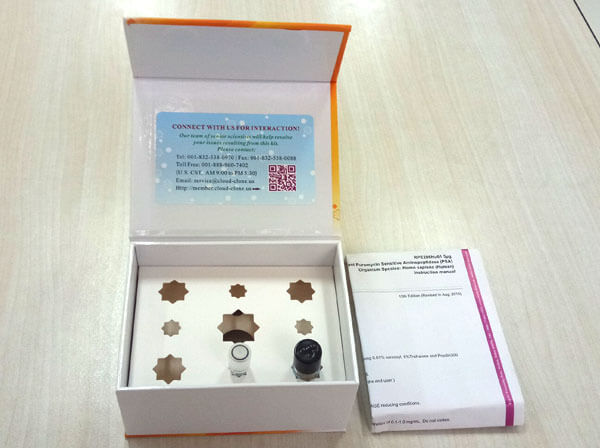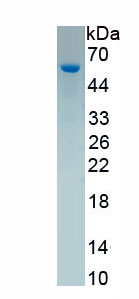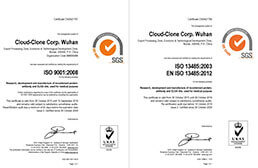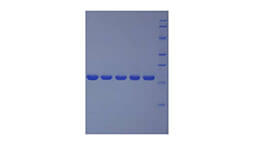Active Ubiquitin Specific Peptidase 7 (USP7) 

HAUSP; TEF1; Ubiquitin Carboxyl-Terminal Hydrolase 7; Herpesvirus-associated ubiquitin-specific protease; Deubiquitinating enzyme 7; Ubiquitin-specific-processing protease 7
Overview
Properties
- Product No.APC255Hu01
- Organism SpeciesHomo sapiens (Human) Same name, Different species.
- ApplicationsCell culture; Activity Assays.
Research use only - DownloadInstruction Manual
- CategoryEnzyme & KinaseTumor immunity
- Buffer FormulationPBS, pH7.4, containing 0.01% SKL, 5% Trehalose.
- Traits Freeze-dried powder, Purity > 90%
- Isoelectric Point5.9
Sign into your account
Share a new citation as an author
Upload your experimental result
Review

Contact us
Please fill in the blank.
Activity test
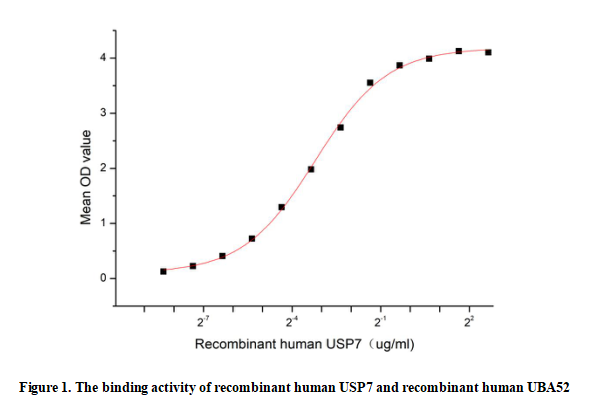
Ubiquitin Specific Peptidase 7 (USP7) is a deubiquitinating enzyme that plays a crucial role in the ubiquitin - proteasome system. It specifically cleaves ubiquitin from target proteins, thereby regulating their stability, localization, and function. USP7 has been shown to interact with numerous proteins involved in various cellular processes, including cell cycle regulation, DNA repair, and apoptosis. By removing ubiquitin tags, USP7 can prevent the degradation of key regulatory proteins, allowing them to continue their functions within the cell. Additionally, USP7 is involved in the regulation of viral infections, as it can deubiquitinate viral proteins and affect their replication and pathogenesis.Furthermore,USP7 can bind and deubiquitinate UBA52, a ubiquitin-ribosomal fusion protein, influencing ribosomal function and protein synthesis. This interaction links USP7 to translational regulation and cellular homeostasis.Thus a functional binding ELISA assay was conducted to detect the interaction of recombinant human USP7 and recombinant human UBA52 .Briefly, biotin-linked USP7 were diluted serially in PBS, with 0.01% BSA (pH 7.4). Duplicate samples of 100μl were then transferred to UBA52-coated microtiter wells and incubated for 1h at 37℃. Wells were washed with PBST 3 times and incubation with Streptavidin-HRP for 30min, then wells were aspirated and washed 5 times. With the addition of substrate solution, wells were incubated 15-25 minutes at 37℃. Finally, add 50µl stop solution to the wells and read at 450nm immediately. The binding activity of recombinant human USP7 and recombinant human UBA52 was shown in Figure 1, the EC50 for this effect is 0.107ug/mL.
Usage
Reconstitute in 10mM PBS (pH7.4) to a concentration of 0.1-1.0 mg/mL. Do not vortex.
Storage
Avoid repeated freeze/thaw cycles. Store at 2-8°C for one month. Aliquot and store at -80°C for 12 months.
Stability
The thermal stability is described by the loss rate. The loss rate was determined by accelerated thermal degradation test, that is, incubate the protein at 37°C for 48h, and no obvious degradation and precipitation were observed. The loss rate is less than 5% within the expiration date under appropriate storage condition.
Increment services
-
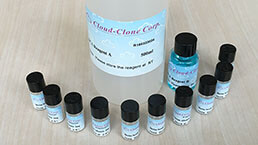 BCA Protein Quantification Kit
BCA Protein Quantification Kit
-
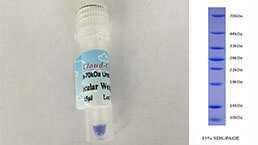 Molecular Mass Marker for Protein
Molecular Mass Marker for Protein
-
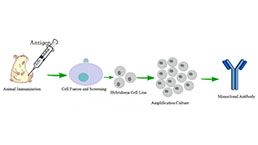 Monoclonal Antibody Customized Service
Monoclonal Antibody Customized Service
-
 Polyclonal Antibody Customized Service
Polyclonal Antibody Customized Service
-
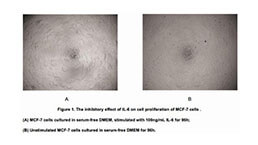 Protein Activity Test Experiment Service
Protein Activity Test Experiment Service
-
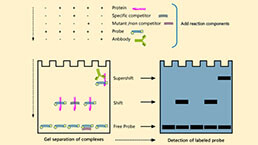 Electrophoretic Mobility Shift Assay (EMSA) Experiment Service
Electrophoretic Mobility Shift Assay (EMSA) Experiment Service
-
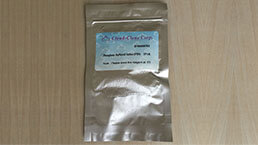 Buffer
Buffer
-
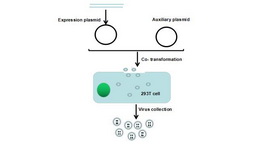 Lentivirus Packaging Experiment Service
Lentivirus Packaging Experiment Service
-
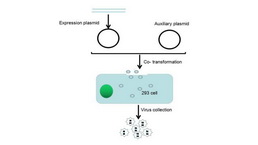 Adenovirus Packaging Experiment Service
Adenovirus Packaging Experiment Service
-
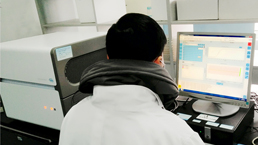 Real Time PCR Experimental Service
Real Time PCR Experimental Service
-
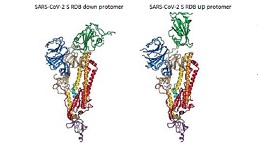 Spike RBD Protein (S-RBD)
Spike RBD Protein (S-RBD)
-
 Protein G
Protein G
-
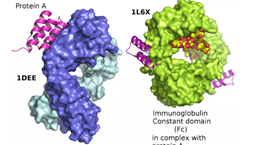 Protein A
Protein A




